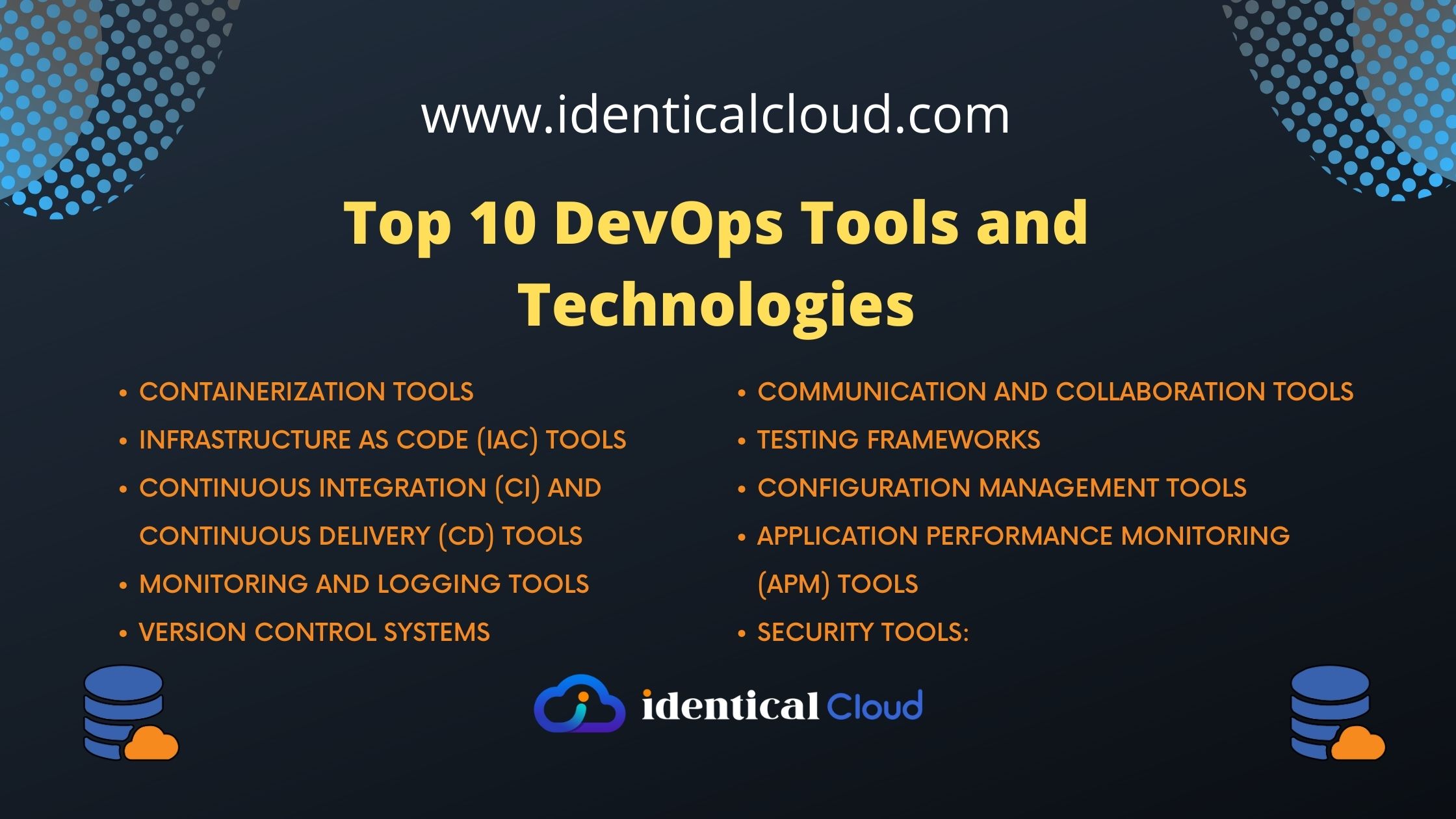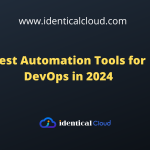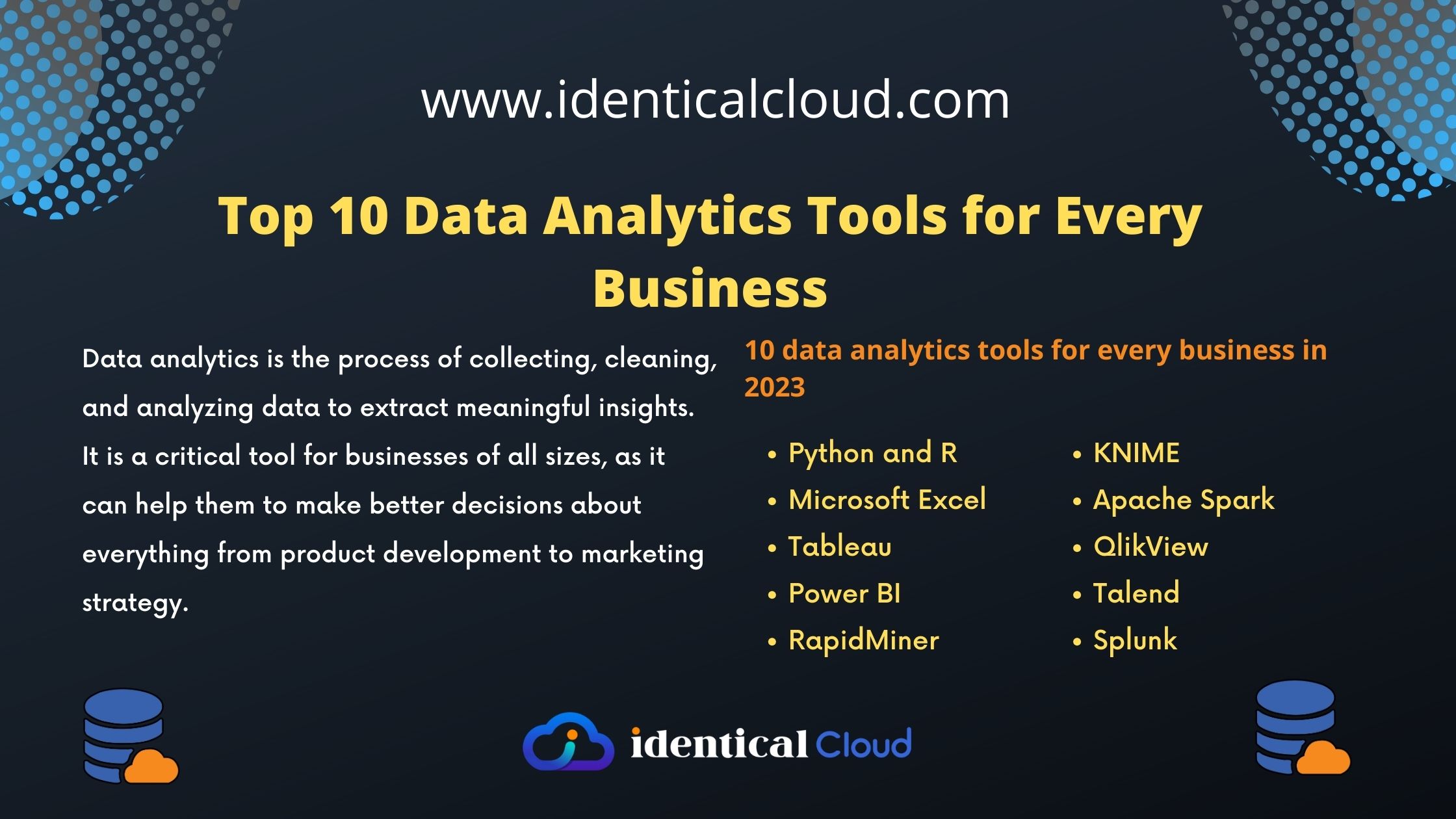MLOps Roadmap
MLOps Roadmap
In the rapidly evolving landscape of artificial intelligence and machine learning, the efficient deployment and management of models have become paramount. This is where MLOps, a convergence of Machine Learning (ML) and DevOps practices, comes into play. MLOps is a set of practices and tools that streamline the lifecycle of machine learning projects, from data preparation and model development to deployment and monitoring.
In this blog, we’ll delve into the details of the MLOps roadmap, guiding you through the essential steps for successful implementation.
- What is MLOps?
MLOps, short for “Machine Learning Operations,” is a set of practices and principles that combines machine learning (ML) with DevOps methodologies to streamline and manage the end-to-end lifecycle of machine learning projects. It aims to bridge the gap between data science and IT operations, ensuring that machine learning models are developed, deployed, and maintained efficiently and effectively in real-world production environments.
MLOps involves the integration of various processes, tools, and workflows to enable collaboration, automation, and monitoring throughout the entire ML lifecycle. It addresses challenges related to data preparation, model development, deployment, monitoring, and iteration, ensuring that machine learning solutions are not only accurate in controlled environments but also perform well and remain reliable when deployed to real-world scenarios.
Key Components of MLOps:
- Version Control: Like traditional software development, version control systems (e.g., Git) are used to track changes in ML code, data, and models. This facilitates collaboration, reproducibility, and the ability to roll back changes if needed.
- Continuous Integration and Continuous Deployment (CI/CD): CI/CD pipelines automate the process of testing, building, and deploying ML models. Automated testing helps catch errors early, while continuous deployment ensures that updated models are deployed swiftly and reliably.
- Containerization: ML models and their dependencies are packaged into containers (e.g., Docker) to ensure consistency across various environments and to simplify deployment.
- Orchestration: Tools like Kubernetes help manage and scale containerized ML applications efficiently, allowing dynamic allocation of resources as demand fluctuates.
- Monitoring and Logging: Continuous monitoring of deployed models ensures they perform as expected. Logging provides insights into model behavior, usage patterns, and potential issues.
- Model Governance and Compliance: MLOps ensures models adhere to regulatory and compliance standards, which is crucial when dealing with sensitive data or industries with strict guidelines.
- Feedback Loop and Model Iteration: MLOps promotes an iterative approach to model development, encouraging continuous feedback from users and stakeholders to drive improvements and updates.
Benefits of MLOps:
- Faster Time-to-Market: MLOps automates many manual tasks, reducing deployment time and enabling rapid iteration.
- Improved Collaboration: MLOps encourages cross-functional collaboration between data scientists, engineers, and operations teams.
- Enhanced Reliability: Automated testing and monitoring catch errors early, ensuring models remain reliable in production.
- Scalability: MLOps tools and practices support the efficient scaling of ML applications to handle increased workloads.
- Reproducibility: Version control and containerization ensure that experiments can be reproduced, aiding troubleshooting and model refinement.
- Risk Mitigation: MLOps helps identify and address issues such as data drift, ensuring models stay accurate over time.
- Data Collection and Preparation
A solid MLOps strategy begins with data. Robust data collection, cleaning, and preprocessing are crucial for model performance. This stage involves:
- Data Collection: Identify data sources, both internal and external, and gather relevant datasets.
- Data Cleaning: Scrub the data to handle missing values, outliers, and inconsistencies.
- Data Preprocessing: Normalize, transform, and engineer features to make them suitable for model consumption.
- Model Development and Training
The heart of any ML project is model development. Here’s how to navigate this phase:
- Model Selection: Choose the appropriate algorithm or framework based on the problem and data characteristics.
- Hyperparameter Tuning: Fine-tune model hyperparameters to achieve optimal performance.
- Cross-Validation: Assess model performance using techniques like k-fold cross-validation.
- Monitoring and Logging: Implement tracking mechanisms to record model performance and experiments.
- Version Control
Just as in software development, version control is crucial for managing changes in your ML code and models. Version control helps in:
- Collaboration: Facilitate seamless collaboration among team members.
- Reproducibility: Ensure that experiments can be reproduced at any point in time.
- Accountability: Maintain a historical record of changes and decisions.
- Model Deployment
Deploying a machine learning model into production requires careful consideration:
- Containerization: Package your model and its dependencies into containers for consistent deployment across different environments.
- Orchestration: Utilize tools like Kubernetes to manage and scale model deployments.
- API Development: Expose model functionality through APIs for easy integration into applications.
- Continuous Integration and Continuous Deployment (CI/CD)
CI/CD principles are extended to MLOps to ensure a streamlined and automated pipeline:
- Automated Testing: Implement testing frameworks to validate model behavior and performance.
- Automated Deployment: Automate the deployment process to reduce manual errors and ensure consistency.
- Rollback Strategies: Plan for model rollbacks in case of unexpected issues.
- Monitoring and Maintenance
MLOps doesn’t end with deployment; continuous monitoring and maintenance are vital:
- Performance Monitoring: Monitor model performance in real-world scenarios and retrain as needed.
- Drift Detection: Detect data and concept drift that might affect model accuracy.
- Scalability: Optimize models to handle varying workloads and scale when necessary.
- Security: Implement robust security measures to safeguard data and models.
- Feedback Loop and Iteration
MLOps encourages a feedback loop to drive continuous improvement:
- User Feedback: Gather insights from end-users to enhance model accuracy and usability.
- Model Updates: Regularly update models to incorporate new data and insights.
- Experimentation: Test and evaluate new algorithms or techniques to enhance performance.
Will MLOps replace DevOps?
MLOps and DevOps are two complementary disciplines that are essential for the successful deployment and management of ML models in production. MLOps focuses on the specific challenges of ML, such as data collection, preparation, model training, and deployment. DevOps, on the other hand, focuses on the broader challenges of software development, such as continuous integration and continuous delivery (CI/CD).
In the future, it is likely that MLOps and DevOps will continue to converge. This is because the challenges of ML are becoming increasingly complex, and the need for a unified approach to ML and DevOps is becoming more apparent. However, MLOps and DevOps will remain distinct disciplines, with their own unique set of challenges and responsibilities.
The MLOps roadmap serves as a comprehensive guide to navigate the complex landscape of machine learning deployment and management. By incorporating best practices from DevOps and software engineering, MLOps empowers data science and IT teams to collaborate effectively, streamline workflows, and ensure the successful deployment and maintenance of machine learning models in production environments. As the field of AI continues to advance, mastering MLOps is becoming increasingly essential for organizations aiming to harness the full potential of their machine learning initiatives.
I hope this blog post has given you a better understanding of MLOps and the steps you can take to get started on your journey to becoming an MLOps engineer.








